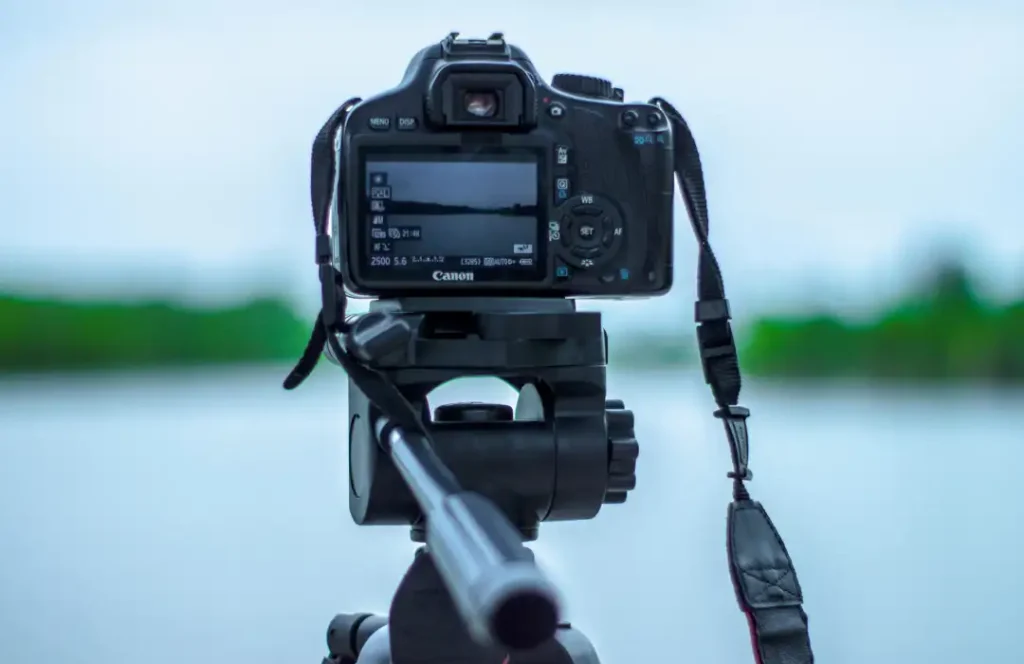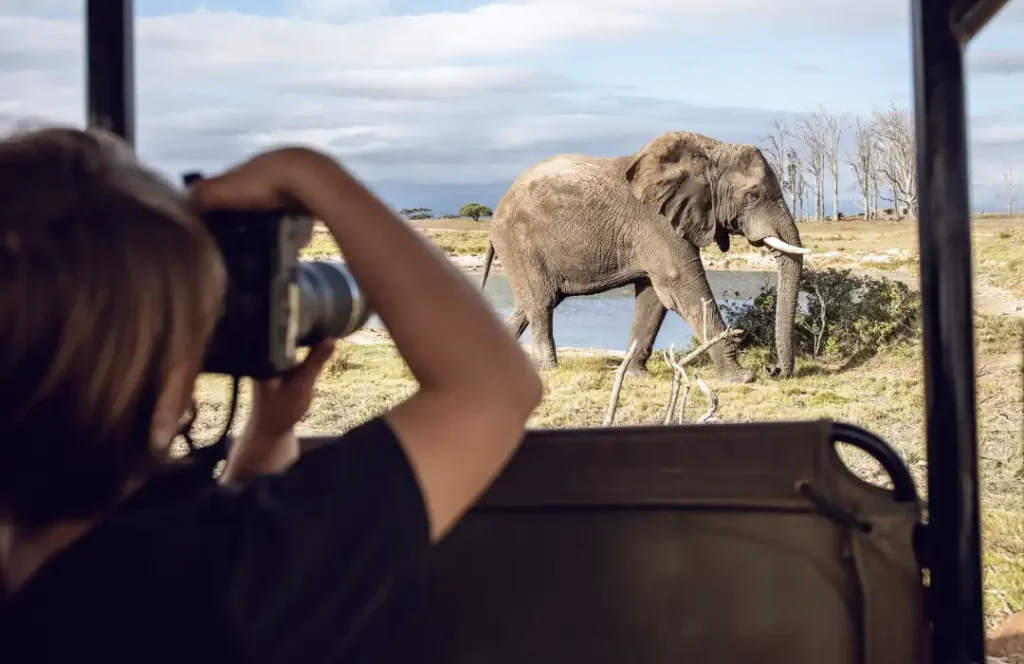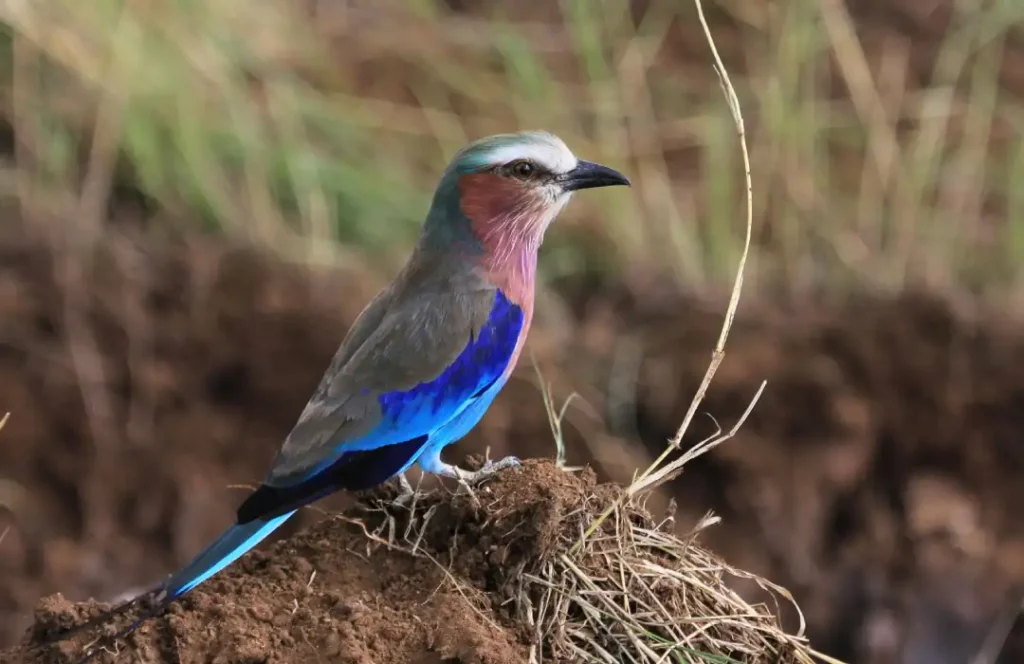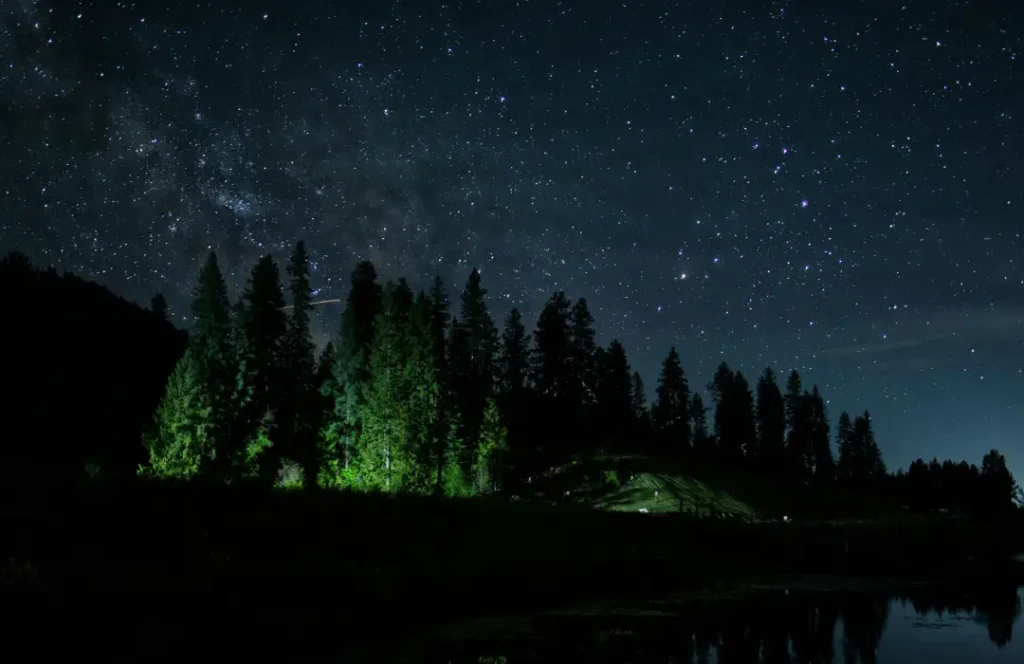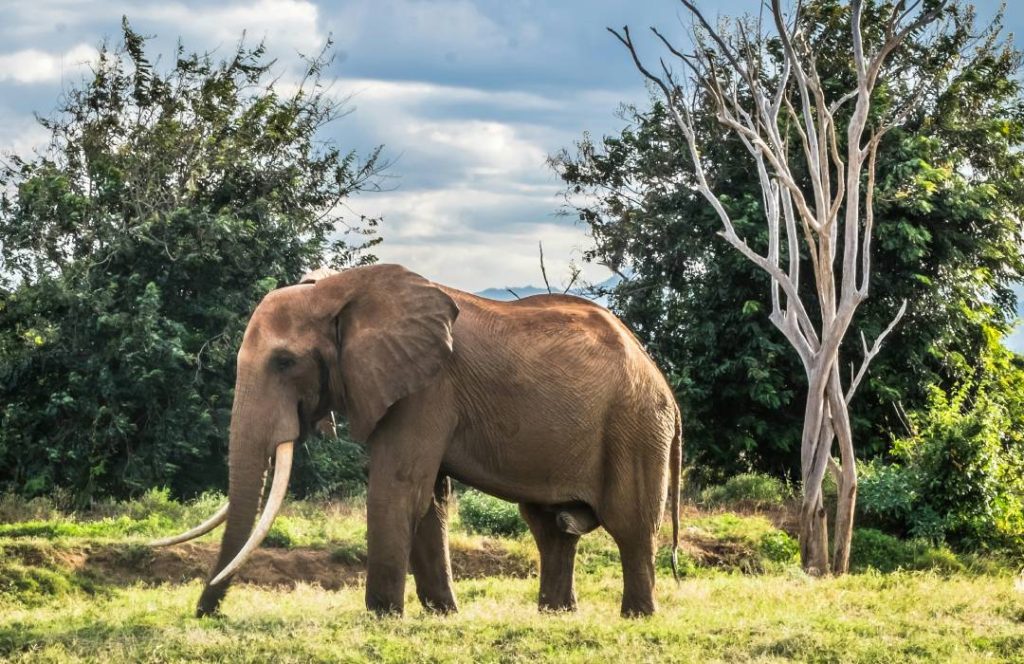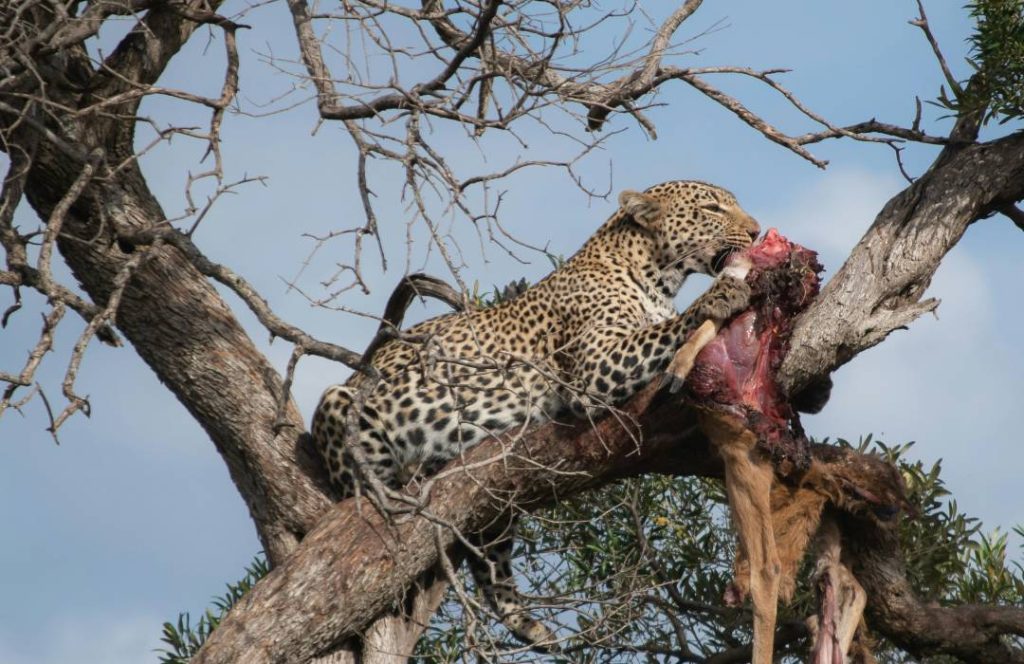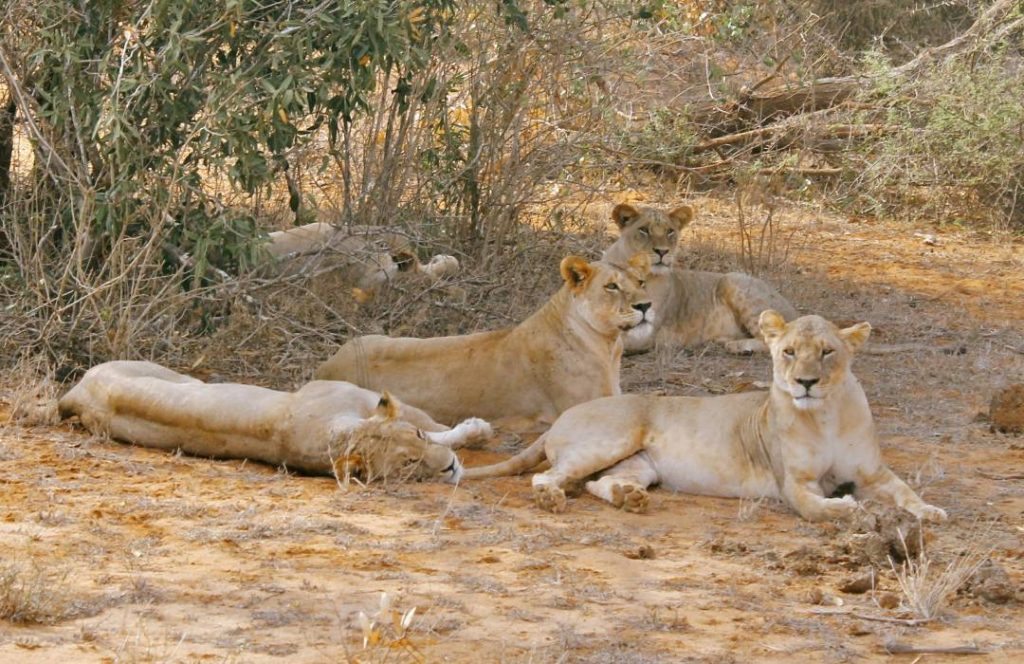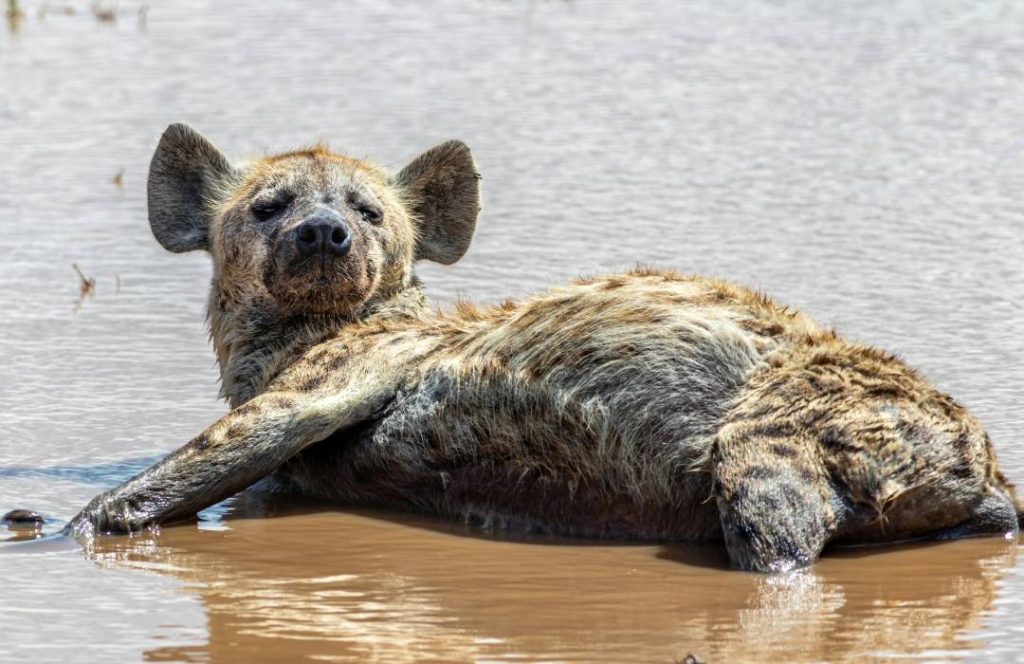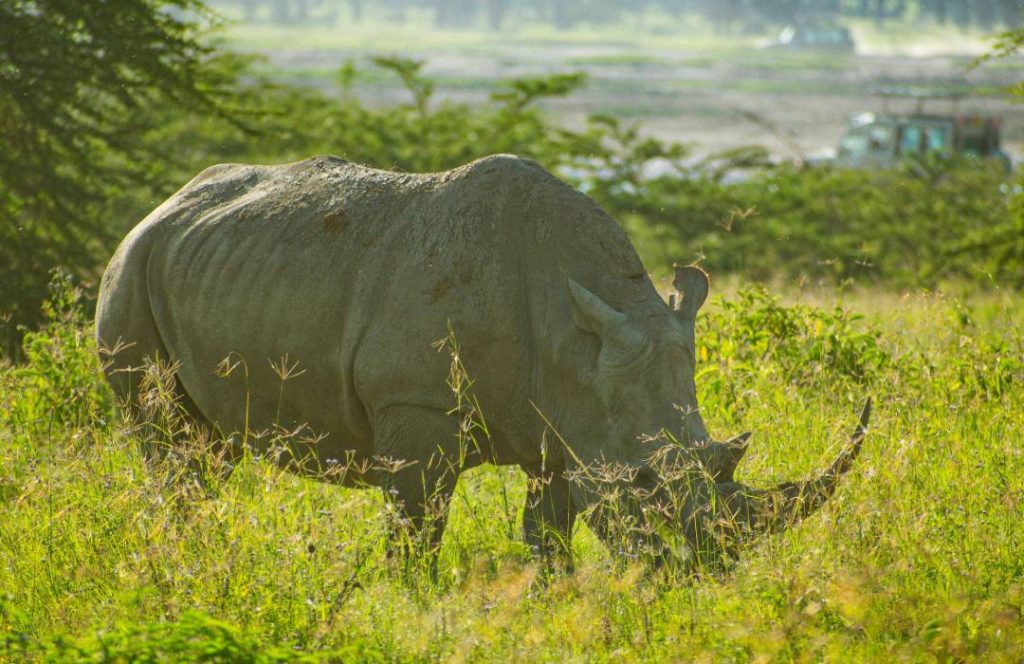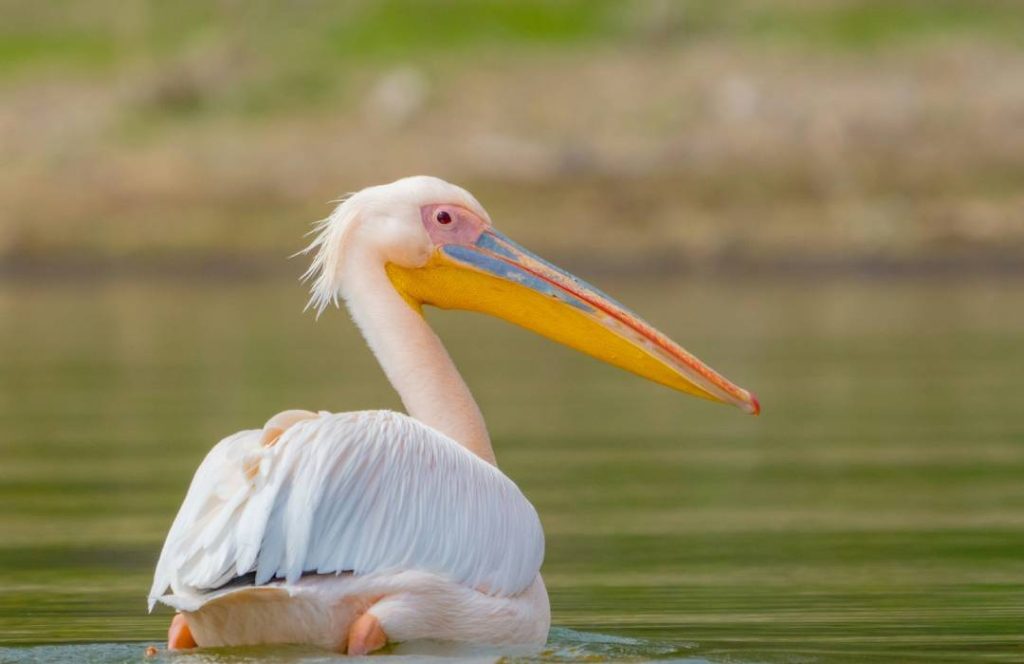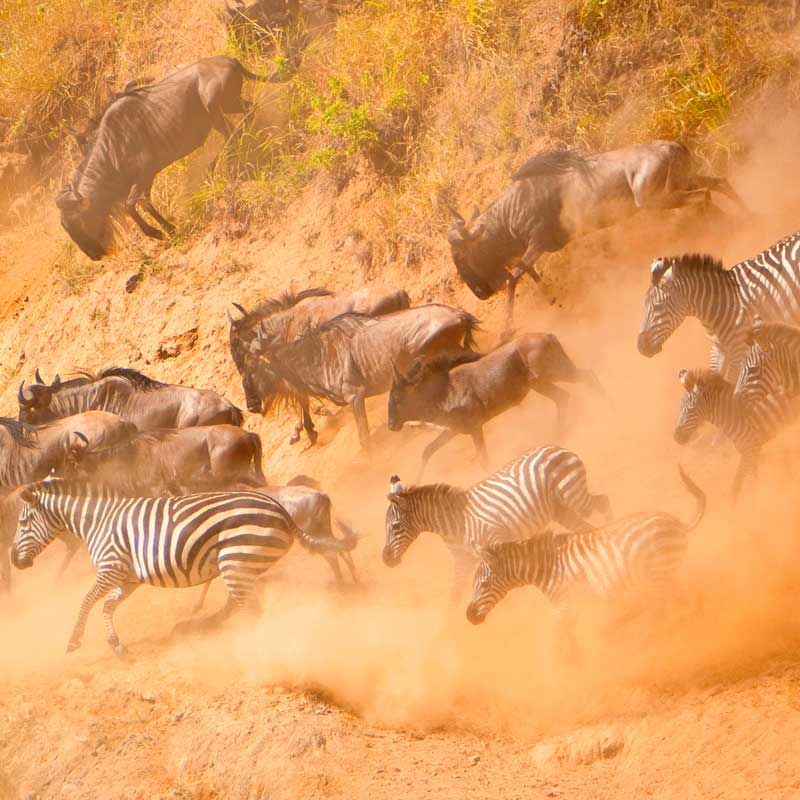The Maasai Mara National Reserve, commonly referred to as Masai Mara, is Kenya and Africa’s most iconic safari destination, famed for its breathtaking landscapes, diverse wildlife, and the awe-inspiring Great Wildebeest Migration—one of the Seven Natural Wonders of the World. Perfect for day trips or multi-day adventures, the Mara promises unforgettable experiences for nature lovers, adventure seekers, and cultural explorers alike.
Masai Mara Safari
Your Ultimate Guide to Kenya’s Premier Safari Destination
Masai Mara Safari Packages
About The Masai Mara
Africa's Most Iconic Safari Destination
The Maasai Mara National Reserve (also commonly spelt as Masai Mara) is Kenya’s most celebrated wildlife sanctuary, spanning 1,510 square kilometers of endless savannah grasslands. Located in southwestern Kenya and, named after the Maasai people and the Mara River, it forms the northern extension of Tanzania’s Serengeti National Park and hosts the spectacular annual wildebeest migration. Visitors can enjoy thrilling game drives to spot the Big Five, take breathtaking hot air balloon safaris at dawn, and experience authentic Maasai culture through village visits. The reserve is home to the Big Five and countless other species. The reserve offers world-class accommodation options, including the luxurious Angama Mara, the iconic Governors’ Camp, and the exclusive Bateleur Camp by Kempinski, each providing stunning views of the plains and exceptional service.
Park Location
The Maasai Mara National Reserve is located in southwestern Kenya, approximately 270 km (170 miles) west of Nairobi, near the border with Tanzania.
Getting There by Road:
From Nairobi, you can drive to the Maasai Mara via Narok town, a journey that takes about 5-6 hours depending on the condition of the road and your point of entry. The route offers scenic views of the Great Rift Valley and Kenyan countryside. A 4×4 vehicle is recommended due to the rough terrain near the reserve.
Getting There by Air:
You can take a direct flight from Wilson Airport in Nairobi to one of the airstrips near the Maasai Mara, such as Keekorok, Ol Kiombo, or Serena. Flights typically take about 45 minutes, offering aerial views of Kenya’s landscapes. Upon arrival, lodges and camps usually provide transfers to your accommodation.
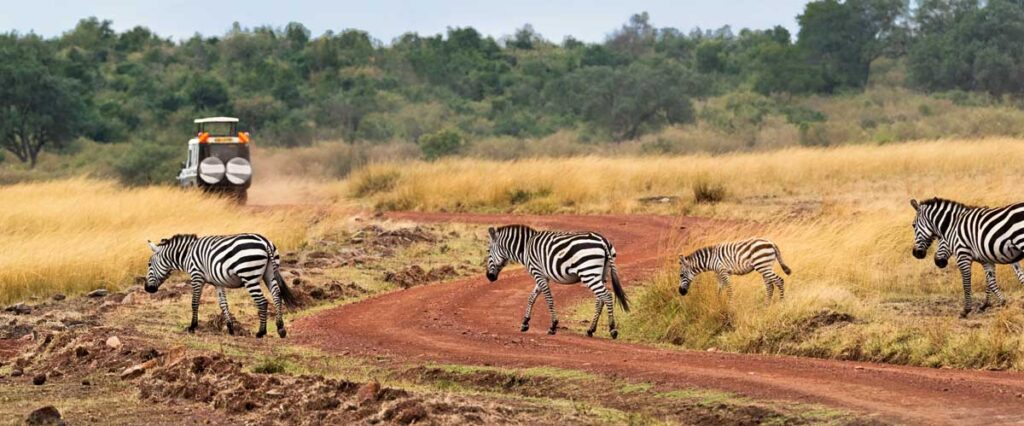
Masai Mara Fees
What's the cost of a Masai Mara Safari?
Masai Mara Entry Fee
Adults: Non-residents pay $100–$200 per day, while Kenyans pay KSH 1,500–3,000
Children: Non-residents pay $50 per day, while Kenyans pay KSH 300–500
*NB: Fees vary due to season of the year. Extra fees for vehicle entry, aircraft landing, ranger escort and camping may apply where applicable.
Masai Mara Accommodation Costs
Luxury Lodges and Camps: $500–$2,000+ per person per night (e.g., Angama Mara, Governor’s Camp).
Mid-Range Lodges: $150–$400 per person per night.
Budget Campsites: $50–$100 per person per night.
Masai Mara Car Rental Costs
By Road: Private transfers or self-drive in a 4×4 can cost $100–$400, depending on vehicle type and group size.
By Air: Return flights from Nairobi to Maasai Mara are around $200–$400 per person.
Masai Mara Activities Costs
Game Drives: Often included in accommodation costs.
Balloon Safaris: $400–$500 per person.
Masai Village Visits: $20–$30 per person.
Other Costs
Meals and drinks (if not included in your package).
Tips for guides and staff ($10–$20 per day is typical).
For a mid-range 3-day trip, you might spend $700–$1,500 per person, including park fees, accommodation, transport, and some activities. Luxury options can exceed $5,000.
Masai Mara Activities
Some Popular Masai Mara Safari Activities
When to visit and what to carry
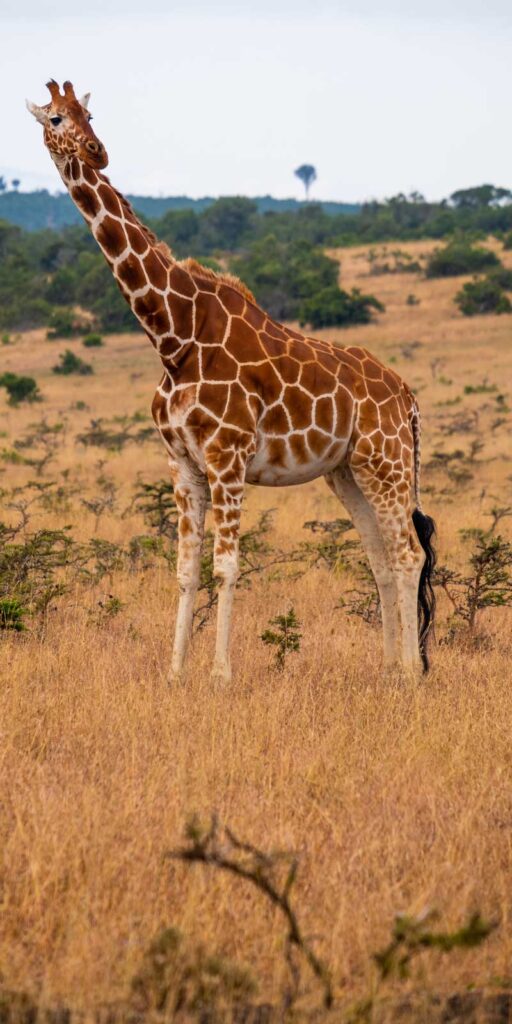
The best time to visit the Masai Mara
Best Time: July to October (Great Migration and dry weather).
Budget-Friendly Time: April to June (Green Season with fewer crowds and lower rates).
Special Moments: January to March (Calving season and predator activity).
What to carry
Clothing: Neutral-colored, lightweight clothing for game drives, warm layers for early mornings and evenings, and a waterproof jacket for unexpected rain.
Shoes: Comfortable walking shoes or boots for safaris and sandals for relaxation.
Hat and Sunglasses: To protect against the strong African sun.
Sunscreen and Lip Balm: High SPF to protect your skin from sunburn.
Camera and Binoculars: To capture stunning wildlife and landscapes and enhance game-viewing experiences.
Travel Documents: Passport, park entry confirmation, and relevant permits.
Reusable Water Bottle: Staying hydrated is crucial in the warm climate.
Insect Repellent: To ward off mosquitoes and other insects.
Medications: Any personal prescriptions, along with a basic first aid kit and antimalarial tablets (if recommended by your doctor).
Power Bank and Adapters: To keep devices charged during your trip.
Snacks: For long game drives or during travel to the park.
The Masai Mara is perfect for day trips and multi-day safaris
The Maasai Mara is perfect for both day trips and extended multi-day adventures. Whether you have just a few hours to spare or several days to explore, the reserve caters to solo travelers, couples, families, and groups, offering flexibility to tailor your visit to your schedule, preferences, and interests.
Masai Mara Solo safaris:
Perfect for independent travelers seeking a personal and immersive wildlife adventure in the heart of the African savannah.
Masai Mara Couple (Honeymoon) safaris:
A romantic getaway offering intimate moments, luxury accommodations, and breathtaking safari experiences ideal for newlyweds.
Masai Mara Family Safaris:
A fun and educational experience designed for all ages, combining wildlife adventures with family-friendly activities and accommodations.
Masai Mara Corporate Safaris:
Tailored team-building experiences or retreats that blend thrilling wildlife encounters with relaxation and networking opportunities.
Masai Mara Friends Safaris:
Exciting group adventures filled with memorable safaris, shared experiences, and the thrill of exploring nature together.
What you can see
The Masai Mara is home to the big five and countless other species of flora and fauna
The Big Five: Lions, leopards, elephants, buffalo, and rhinos in their natural habitat.
The Great Migration: Millions of wildebeest, zebras, and gazelles crossing the Mara River (July to October).
Predators in Action: Cheetahs, hyenas, and jackals hunting or scavenging.
Rare Animals: Black rhinos and bat-eared foxes, among other elusive species.
Birdlife: Over 450 species, including ostriches, secretary birds, and vultures.
Hippos and Crocodiles: Found along the Mara River and other water bodies.
Diverse Wildlife: Giraffes, zebras, antelopes, warthogs, and baboons.
Vast Landscapes: Rolling savannah, acacia trees, and the scenic Mara River.
Masai Villages: Cultural encounters showcasing the Maasai people’s traditions and lifestyle.
Breathtaking Sunrises and Sunsets: Iconic views perfect for photography
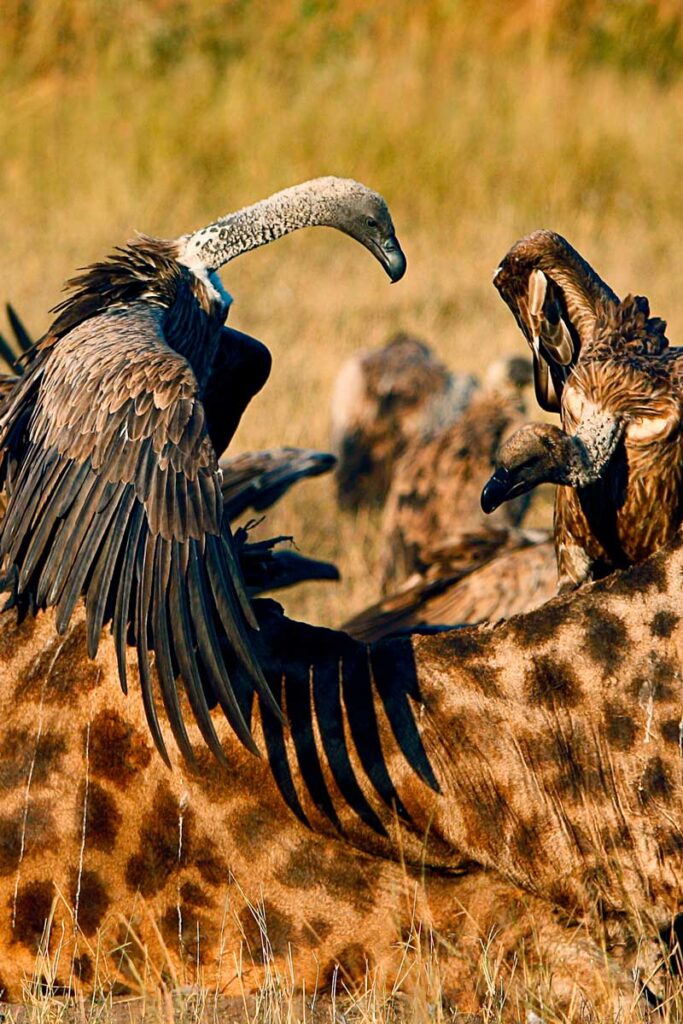
"In the Masai Mara, dawn breaks like a painter's masterpiece - golden light spilling across endless savannas where life moves in ancient rhythms. Here, beneath vast African skies, every moment tells a story of survival, majesty, and wild beauty. Lions roam freely, wildebeest thunder across rivers, and the proud Maasai people maintain their timeless connection to this remarkable land."
Accommodation in the Masai Mara
Here are some of the Masai Mara's multiple accommodation facilities
Ultra-luxury Lodges ($1000+ per night)
- Angama Mara
- Cottar’s 1920s Camp
- Ol Jogi Wildlife Conservancy
- Bateleur Camp
- Mara Plains Camp
Luxury Lodges ($500-1000 per night)
- Sanctuary Olonana
- Governors’ Camp
- Little Governors’ Camp
- Sala’s Camp
- Mara Nyika Camp
- Mahali Mzuri
- Naboisho Camp
- Rekero Camp
- Mara Bushtops
Mid-range Lodges ($200-500 per night)
- Basecamp Masai Mara
- Kichwa Tembo Tented Camp
- Mara Serena Safari Lodge
- Mara Leisure Camp
- Sarova Mara Game Camp
- Tipilikwani Mara Camp
- Karen Blixen Camp
- Entim Camp
Budget-friendly Options (Under $200 Per Night)
- Aruba Mara Camp
- Mara Sopa Lodge
- Sentrim Mara Camp
- Kimana Mara Camp
- Fig Tree Camp
- Crocodile Camp
- Jambo Mara Safari Lodge
Mobile Camping
- Several operators offer mobile camping experiences where camps move with wildlife
- These range from basic to luxury mobile setups
Conservancy Lodges (Located in private conservancies)
- Naboisho Conservancy properties
- Mara North Conservancy properties
- Olare Motorogi Conservancy properties
- Mara Naboisho Conservancy properties
Community-owned Lodges
- Oldarpoi Mara Camp
- Mara Homestays
- Cultural Manyattas
Key features that typically differentiate the categories:
- Ultra-luxury: Private plunge pools, personal butlers, helicopter transfers available
- Luxury: High-end amenities, excellent guiding, gourmet dining
- Mid-range: Comfortable accommodation with good amenities and reliable service
- Budget-friendly: Basic but comfortable amenities, shared game drives
- Mobile camping: Various levels of comfort, more adventurous experience
- Conservancy lodges: More exclusive game viewing, fewer vehicles
- Community-owned: More authentic cultural experiences, direct community benefits

Book This Package
Reach out:
For enquiries or bookings, write to info@baecation.co.ke. We’ll revert within 20 minutes during business hours.
Masai Mara FAQs
Frequently Asked Questions About the Masai Mara
Masai Mara is located in the southwest of Kenya, bordering the Serengeti National Park in Tanzania. It’s part of the larger Mara-Serengeti ecosystem and is famous for its wildlife and dramatic landscapes.
The best time to visit Masai Mara is during the dry season, from June to October. This is when the Great Migration of wildebeest, zebras, and other herbivores occurs, attracting predators and providing amazing safari experiences.
The Great Migration refers to the annual movement of over 1.5 million wildebeest, zebras, and gazelles from the Serengeti to the Masai Mara in search of fresh grazing. The migration typically happens between July and October and is one of nature’s most spectacular events.
Yes, most travelers to Kenya require a tourist visa. You can obtain an eVisa online before your trip, or a visa upon arrival, depending on your nationality.
Yes, Masai Mara is generally safe for tourists. However, it’s advisable to follow all safety guidelines provided by your tour operator, avoid wandering off alone, and adhere to instructions from park rangers and guides.
Masai Mara is vital for biodiversity conservation, providing a sanctuary for endangered species like the cheetah, African wild dog, and black rhino. It’s also a critical part of the Mara-Serengeti ecosystem, which sustains millions of migrating animals.
Entry fees to Masai Mara vary depending on the season and park entry point. As of recent rates, non-resident adults pay about $100 to $200 per day, while children pay around $50 per day. Fees can change, so it’s best to enquire for updates.
Yes, children can go on safaris in the Masai Mara, but age restrictions may apply, especially for game drives. Some lodges and camps cater specifically to families, offering child-friendly activities.
Mobile network coverage in Masai Mara is limited and may not be available in all areas, especially in more remote parts of the reserve. However, some camps and lodges offer satellite Wi-Fi or internet access.
Yes, malaria is present in Masai Mara, particularly during the wet season. It’s recommended to take malaria prophylaxis before your trip, use insect repellent, and sleep under mosquito nets for protection.
Most visitors spend 3 to 4 days in Masai Mara to experience the wildlife and enjoy multiple game drives. If you’re visiting during the Great Migration, a longer stay could offer more chances to witness the event.
In Masai Mara, you can enjoy game drives, hot air balloon safaris, walking safaris, cultural visits to Maasai villages, and birdwatching. Night game drives and photography tours are also popular.
Masai Mara offers a wide range of accommodation options, including luxury lodges, tented camps, and budget hotels. The exact number varies, but there are dozens of options catering to different budgets and preferences.
Some of the top lodges and camps include Mara Serena Safari Lodge, Angama Mara, Governor’s Camp, and Mara Plains Camp. These offer excellent service, luxury accommodations, and prime wildlife viewing locations.
Masai Mara is about 5 to 6 hours by car from Nairobi. Alternatively, you can take a short flight from Nairobi to one of the airstrips in the Mara (like Ol Kiombo or Mara North), which takes around 45 minutes.
Masai Mara is home to a wide variety of wildlife, including the Big Five (lion, leopard, elephant, buffalo, and rhino), as well as giraffes, cheetahs, hyenas, and hundreds of bird species.
Absolutely! Masai Mara is one of the most popular safari destinations in the world, with an excellent range of accommodations and activities, making it ideal for first-time safari goers.
For a safari in Masai Mara, pack light, neutral-colored clothing, a hat, sunscreen, and sunglasses. Don’t forget a camera, binoculars, insect repellent, and a light jacket for cooler evenings.
While it’s possible to rent a car and drive to the Masai Mara, self-driving within the reserve is not recommended unless you’re experienced with off-road driving. It’s better to book a safari with a professional guide who knows the area and its rules.
The weather in Masai Mara is relatively mild, with temperatures ranging from 15°C (59°F) in the morning to 25°C (77°F) during the day. The wet season lasts from March to May, while the dry season runs from June to October.
Masai Mara is about 270 kilometers (168 miles) from Nairobi, which is approximately 5-6 hours by car. You can also take a short flight from Nairobi, which takes about 45 minutes.
The best time to witness the Great Migration is from July to October, when the wildebeest and zebras cross the Mara River and roam across the plains of Masai Mara. This is also when predators like lions and crocodiles are most active.
Yes, Masai Mara offers several budget-friendly options, including camping sites, basic lodges, and affordable tented camps. While they may not have the luxury of high-end lodges, they still offer great safari experiences at a lower price point.
It’s recommended to get certain vaccinations before traveling to Masai Mara, such as yellow fever (required for entry), hepatitis A and B, and typhoid. Always consult your doctor or travel health clinic for the most up-to-date recommendations.
For a safari in Masai Mara, pack neutral-colored, lightweight clothing (like khakis, greens, and browns) to blend in with the environment and avoid bright colors that might attract insects. A hat, sunscreen, comfortable shoes, and a warm jacket for early morning or evening game drives are also recommended.
Yes, visitors can experience the local Maasai culture by visiting traditional Maasai villages. Many lodges and camps offer cultural tours where you can interact with Maasai people, learn about their customs, and witness traditional dances and ceremonies.
Night game drives in Masai Mara offer the chance to see nocturnal animals that are not active during the day, such as leopards, hyenas, bat-eared foxes, civets, and porcupines. Predators like lions are also more active during the night.
Yes, hot air balloon safaris are one of the most popular and unforgettable experiences in Masai Mara. They offer a unique aerial view of the wildlife and landscapes at sunrise, followed by a champagne breakfast in the bush.
Yes, the Big Five—lion, leopard, elephant, buffalo, and rhino—are all present in Masai Mara. The reserve is famous for its healthy populations of these iconic species, and it’s one of the best places to see them in their natural habitat.
Masai Mara is named after the Maasai people, the traditional inhabitants of the area, and the Mara River. It was established as a game reserve in 1961 and later became a National Reserve to conserve the region’s wildlife and support local Maasai communities.
The primary language spoken by the Maasai people is Maasai, but Swahili and English are widely spoken, especially in tourist areas. Most safari guides speak English, making communication easy for international visitors.
The best way to spot wildlife in Masai Mara is on early morning and late afternoon game drives. During these times, animals are more active and visible. Having an experienced guide also increases your chances of spotting elusive creatures.
Yes, you can visit Masai Mara during the rainy season (from March to May), but it may come with a few challenges. The rains can make some roads impassable, and some camps may be closed. However, the park is less crowded, and you can still see wildlife.
Masai Mara is characterized by vast savannah grasslands, riverine forests, and wooded hills. The terrain is relatively flat but has scattered acacia trees and occasional rocky outcrops, providing excellent vantage points for wildlife viewing.
Yes, walking safaris are offered by some lodges and camps in Masai Mara. These safaris are guided by experienced Maasai rangers and give you the chance to learn about the flora, fauna, and the smaller, often overlooked wildlife of the Mara.
The two major rivers in Masai Mara are the Mara River and the Talek River. The Mara River is particularly famous for the dramatic wildebeest crossings during the Great Migration.
Yes, you can take a scenic flight over Masai Mara for a breathtaking aerial view of the reserve’s vast plains, rivers, and wildlife. These flights are often available as part of hot air balloon safaris or can be arranged separately.
Yes, many lodges and camps in Masai Mara offer family-friendly packages that include family rooms, children’s activities, and game drives suitable for young children. Some even provide childcare services and special children’s safaris.
The Serengeti National Park is located in Tanzania, while the Masai Mara is in Kenya. Both are part of the same ecosystem, but the Masai Mara is generally smaller in size. The Great Migration crosses both parks, but Masai Mara tends to have a higher concentration of animals during the migration period.
Yes, Masai Mara can be visited on a budget. There are affordable camping sites, budget lodges, and shared group safari tours that make it more accessible. Planning in advance and traveling during the off-peak season can also reduce costs.
Yes! In addition to the Big Five (lion, leopard, elephant, buffalo, and rhino), you can see giraffes, zebras, cheetahs, wildebeests, hippos, crocodiles, hyenas, jackals, and over 500 bird species in Masai Mara.
Many luxury lodges and high-end tented camps in Masai Mara offer swimming pools for guests to relax after a day of safari. However, more basic accommodations may not have pool facilities.
The best way to explore Masai Mara is with game drives in a 4×4 vehicle, usually provided by lodges or tour operators. These vehicles are equipped for off-road driving, ensuring you get closer to the wildlife. Walking safaris with a guide are also an option for more intimate wildlife experiences.
You can book a safari to Masai Mara through various travel agencies, tour operators, or directly with lodges and camps. It’s recommended to book in advance, especially during peak seasons like the Great Migration (July-October).



